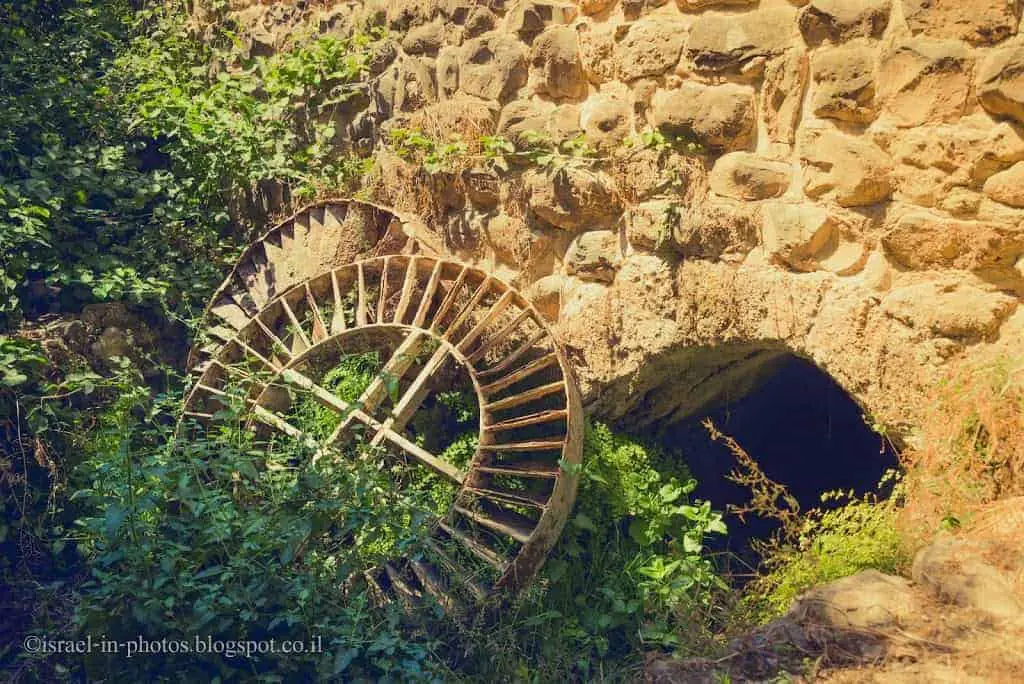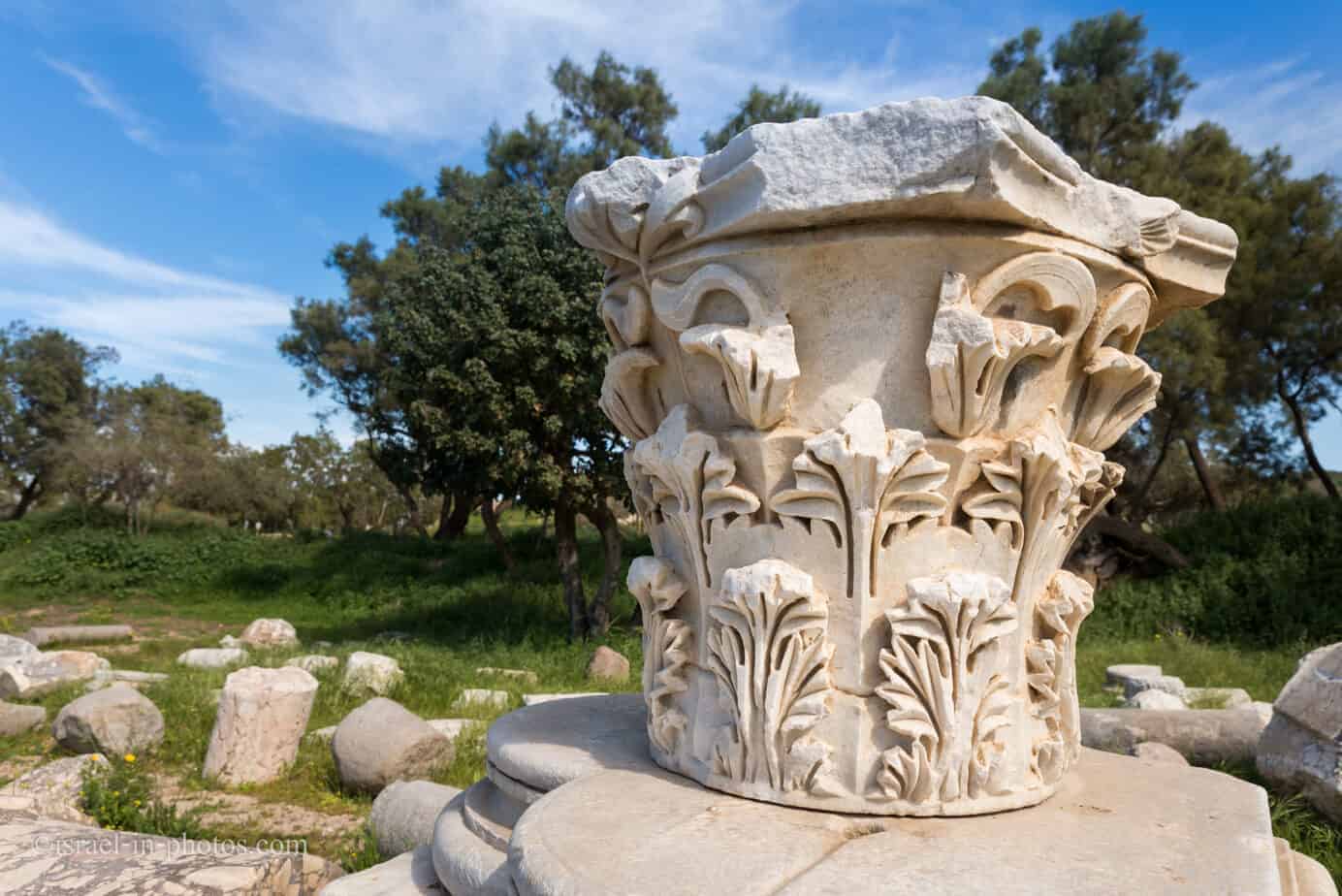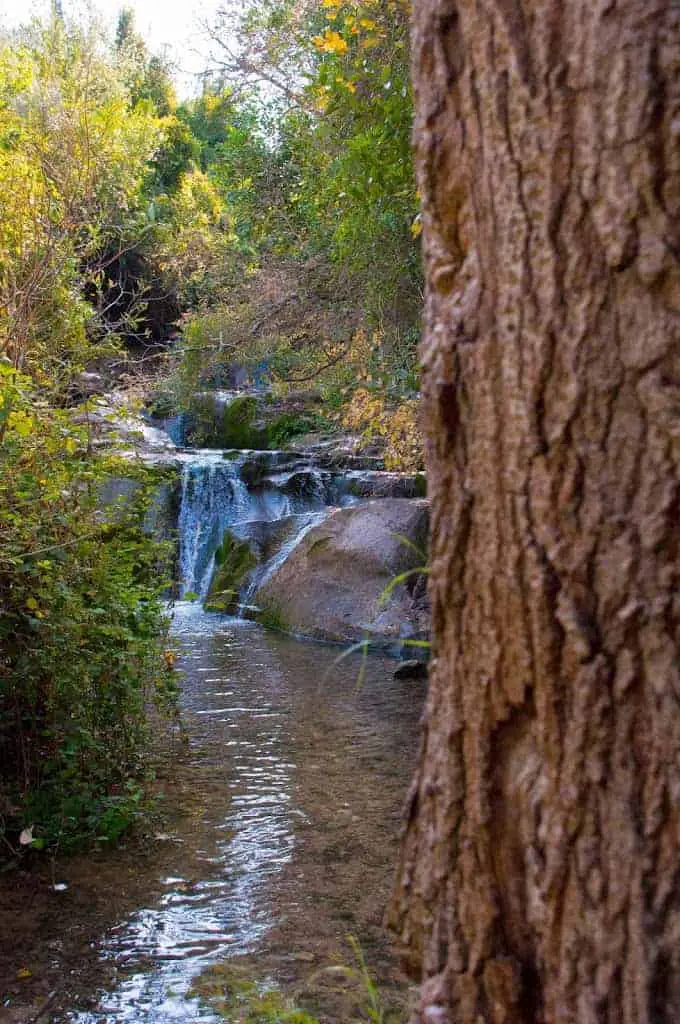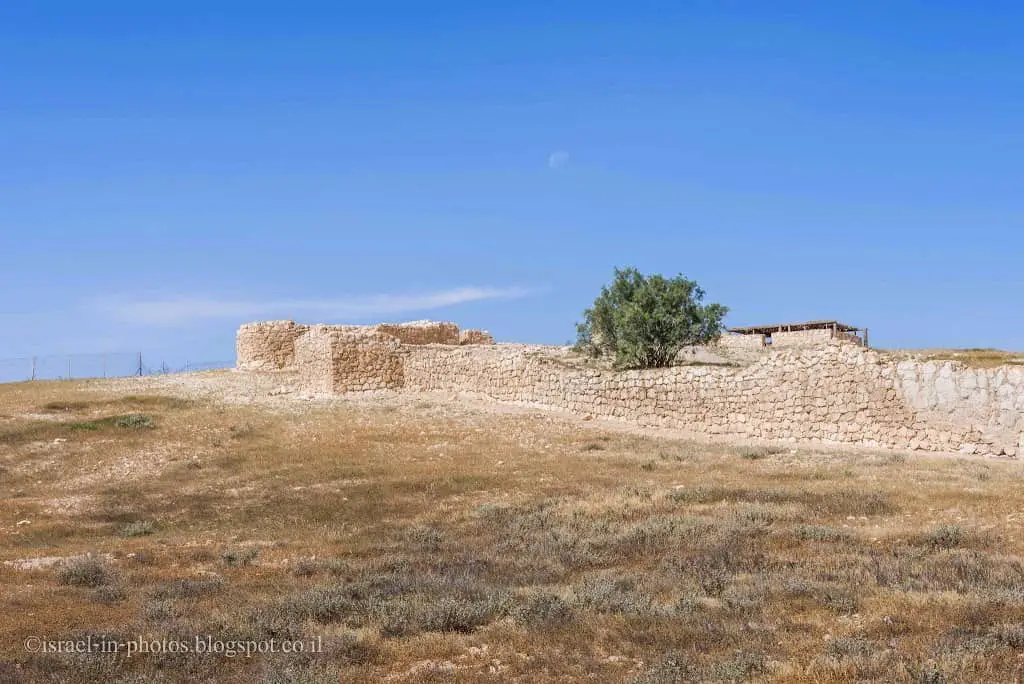Margaliot Lookout and Hunin Fortress – Visitors Guide
Near Kiryat Shmona, you can find Margaliot Lookout and Hunin Fortress. Visiting both towards sunset can be a wonderful experience.
Table of Contents
Map
Margaliot Lookout is located near the entrance to Moshav Margaliot in northern Israel. This moshav is near Kiryat Shmona and Metula.
The easiest way to reach this spot is by entering “Margaliot” into Waze, and you will see it to your left after exiting road #9977 and before entering the Moshav.
Directions for drivers: Link to Waze and Link to Google Maps
Directions for public transport: Link to Moovit
Interactive map of the area:
There is free parking by the lookout.
Entrance Fee
Free.
Opening Hours
Always open. But there is no artificial light.
Restrooms
None.
When to visit Margaliot Lookout?
Since we stayed for several nights at Moshav Margaliot, we had a chance to visit the lookout several times. I would advise visiting the lookout only when there is good visibility. From our experience, the visibility in the morning was terrible (as the sun started heating the ground and steam was created). But during sunset, the visibility was good.
Margaliot Lookout
The Jewish National Fund has built a new lookout point in Moshav Margaliot, located on the Ramim ridge in the Naftali Mountains. The lookout point overlooks Kiryat Shmona, the Hula Valley, the Golan Heights, and Mount Hermon.
The works at the site included preparing the area and building an observation deck, a pergola, benches, and paths. Local stone pillars were also built on the site. A lot of thought has been invested in the design of the observatory and the seating area to integrate with the natural environment of the Ramim ridge and give visitors a full experience.
Later on, the JNF will plant trees around the lookout point, and a statue of the artist Orna Ben-Ami, named “After”, will be erected in memory of the former Chief of Staff, the late Major General Amnon Lipkin Shachak, who passed away in December 2012.
Source: KKL

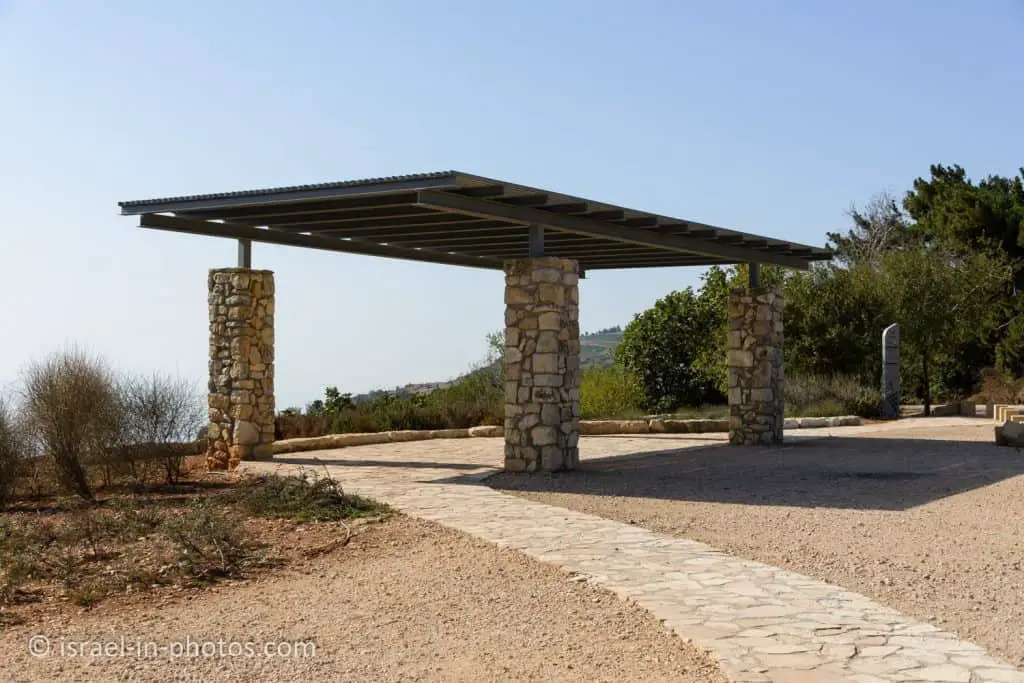
And here are several views from the lookout:


On a clear day, you can even see Nimrod Fortress:




Hunin Fortress
If you turn around when standing at the lookout, you will see Hunin Fortress. It is situated on the other side of the road. It is a strategic point, and the Crusader fortress was located on the ancient road that led from Damascus to Tyre.

History of the Hunin Fortress
In the early days of the Crusader Kingdom of Jerusalem, the Hula Valley was the border area between the Crusader Kingdom and the Muslim-controlled territories, and in its northern part, one of the most important international trade routes passed – the road from Damascus to the port of Tyre. To protect the road and its users, the rulers of the Crusader kingdom erected a line of forts. One of the first of these was the “New Fortress” (“Castellum Novum”) which was probably built in 1107. This fort was part of the Great Senora, whose capital was a building south of the Litani River. The fort in the first phase was probably built without a moat.
In 1167, the fort was captured by the Muslim general Nur ad-Din and the Crusaders who were in it set it on fire and retreated. Archaeological excavations conducted at the site revealed unequivocal findings of deliberate destruction to the foundation and the use of fire to demolish the fort. In 1179 the fort was rebuilt by Onpro Maturon, who was killed in a battle that year and apparently failed to complete the fort’s construction. The fortress was active during the Ayyubid rule, after the Battle of Hittin. In 1220 the fortress was destroyed by the ruler of Damascus al-Malik al-Matam Issa, along with the other Crusader fortresses in Galilee. The place was abandoned and not restored until the 18th century.
Hunin is mentioned several times in the Crusader and Mamluk sources as part of the Tavnin estate. In 1266 it was recalled that the place passed into the hands of the Mamluk Sultan Baibars. Despite the historical references, there is no archaeological evidence for the existence of the fortress in the Mamluk period, and the mention of the name may preserve the memory of the Crusader estate boundaries of a building that included at its peak the two forts of Tabin and Hunin. For many years the fortress stood abandoned and destroyed. The main road from the siege to Damascus that passed through Banias was abandoned and was replaced by the southern road that passed from the Galilee capital in Safed via the Banot Yaakov Bridge to Damascus.
During the Ottoman period, in the late 17th or early 18th century, the fortress was renovated by Matueli (Shiite) as part of the construction activities around the founding of the Shiite village – of Matueli Hunin.
Source: Wikipedia
Visiting Hunin Fortress
Currently, the fort is abandoned. That means that you can visit at any time (always open), and the visit is free. But that also means that it is not maintained, and you visit at your own risk.
Most people that climb inside belong to one of the following categories:
- Climb to the top to see the sunset from a higher point than the Margaliot lookout (625 meters above sea and 400 meters above Hula Valley).
- Want to dip in the ancient water reservoirs (yes, it still collects water).
- Explorers.
Since we were with kids, we decided not to climb inside and instead walked around the Hunin fortress.

As you can see from the photo above, two round stones from an olive press were incorporated into the wall (beneath and to the left of the main entrance).


The citadel covers an area of 5.5 dunams (approximately 90*70 meters) and is surrounded by a moat of 12 meters wide (on average).
Hunin Fortress is close to the border with Lebanon. According to Google Maps, the distance is 670 meters. You can see the border fence at the bottom of the following photo. And at the top, you can see villages in Lebanon.


Summary
Margaliot Lookout and Hunin Fortress can be lovely places for a short visit if you are in the area toward sunset.
This area has many attractions, and you can explore them using the interactive map above.
Have you visited Margaliot Lookout and Hunin Fortress? Tell us in the comment below about your experience.
That’s all for today, and I’ll see you in future travels!
Stay Tuned!
Additional Resources
Here are several resources that I created to help travelers:- Trip Planner with Attractions and Itineraries is the page that will help you create your perfect travel route.
- What is the Best Time to visit Israel? To answer this question, we will consider the weather, prices, holidays, festivals, and more.
- Information and Tips for Tourists to Israel will answer the most common questions tourists have about Israel (including safety, passports, weather, currency, tipping, electricity, and much more).
- Israel National Parks and Nature Reserves include a complete list, top ten, map, tickets (Israel Pass, Matmon, combo), and campsites.
- If you are looking for things to do, here are the pages for Jerusalem, Tel Aviv, Haifa, Sea Of Galilee, Akko (Acre), Eilat, Nazareth, Safed (Tzfat), and Makhtesh Ramon.


